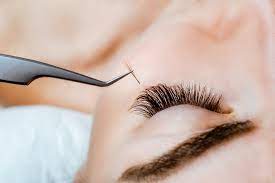 Supplements of a natural compound can compensate the human body for the loss of energy production, and reduce the typical signs of ageing, a study has found.
Supplements of a natural compound can compensate the human body for the loss of energy production, and reduce the typical signs of ageing, a study has found.
With age, the body structure loses its capacity to make a key element of energy production called NAD (nicotinamide adenine dinucleotide). This results in gradual weight gain, loss of insulin sensitivity and decline in physical activity.
A team of researchers at Washington University – St. Louis, has found a natural compound called NMN (nicotinamide mononucleotide)with potential anti-ageing remedies. NMN naturally occurs in a number of foods, including broccoli, cabbage, cucumber, edamame and avocado.
The research, conducted on ageing mice, showed a way to slow the physiologic decline in them, which means older mice can have metabolism and energy levels resembling that of younger mice.
“Since human cells rely on this same energy production process, we are hopeful this will translate into a method to help people remain healthier as they age,” said Shin-ichiro Imai, Professor at Washington University – St. Louis.
The study showed that NMN supplementation has long-term benefits in skeletal muscle, liver function, bone density, eye function, insulin sensitivity, immune function, body weight and physical activity levels.
Administering NMN was found to help energy metabolism by improving the function of mitochondria, powerhouse of cells.
Further, the mice given NMN gained less weight with ageing even as they consumed more food, likely because their boosted metabolism generated more energy for physical activity.
In addition, NMN supplementation led to improved insulin sensitivity in the older mice, better functioning of the mouse retina as well as increased tear production, which is often lost with ageing.
On the other hand, these NMN supplementation had no effect in the young mice because they are still making plenty of their own NMN, the researchers said.
NMN, when dissolved in drinking water and given to mice, appeared in its bloodstream in less than three minutes. This NMN in the blood could then quickly convert to NAD in multiple tissues, reducing the signs of ageing.
“We wanted to make sure that when we give NMN through drinking water, it actually goes into the blood circulation and into tissues,” Imai said.
The study was published in the journal Cell Metabolism.










